Search
|
About the T4F
|
Register Login |
|
|
| New Kenetek T4B Units Now For Sale!
|
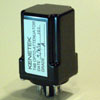 | Kenetek now has new T4B units available for purchase! The newer, better, smoother T4B for your vintage opto compressor. Click here to order from our sister site, gearslut.com. |
|
|
| T4F Opto-Attenuator Unit
|
| The T4F is a one-of-a-kind T4 unit I built for use in my "Frank" LA-2A clone. This T4 has two sets of photocells instead of one, as found in a stock T4. This gives the possibility of three different attack/release curves. Using the center-off toggle switch on the front panel, the user can select either pair of photocells individually or both pairs at the same time. This has turned out to be far more flexible than a standard LA-2A. By selecting one set of photocells that have a fast release and one set that are much slower, the sound of the unit is much more musical and transparent on a wider range of source material. By using both sets of cells together, the unit has a very aggressive attack/release, more like a Joe Meek unit than an LA-2A. |
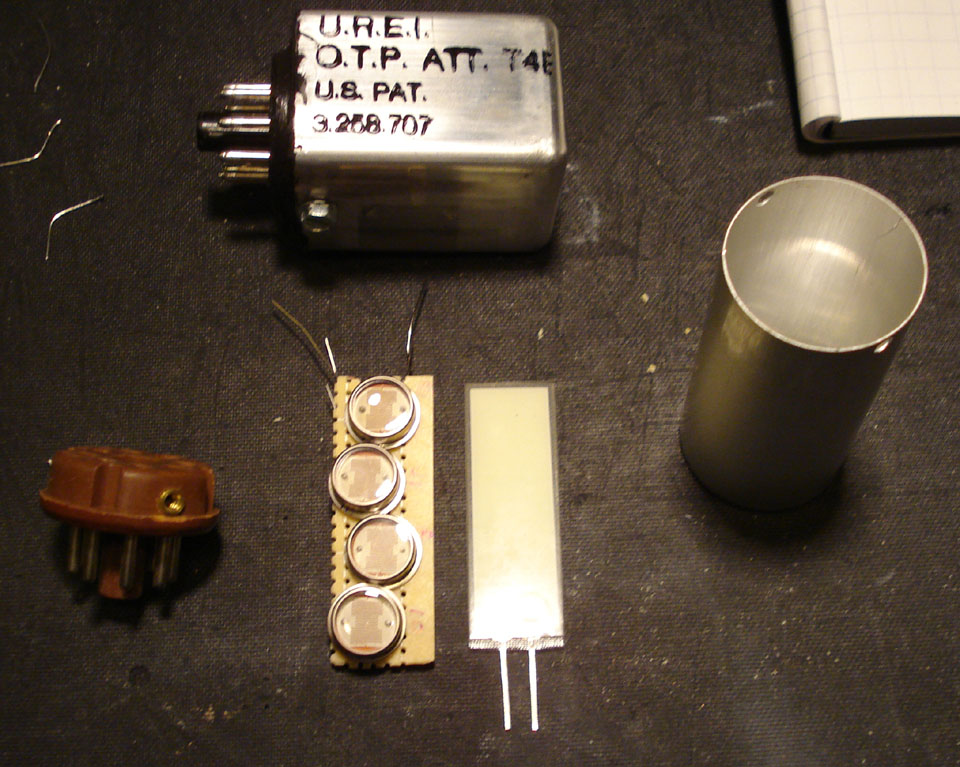 |
| The basic parts for the T4F include 4 Silonex NSL-5910 photocells, an off-the-shelf electroluminescent panel from LSI, and a Vector deep-drawn can with an octal socket for a base. |
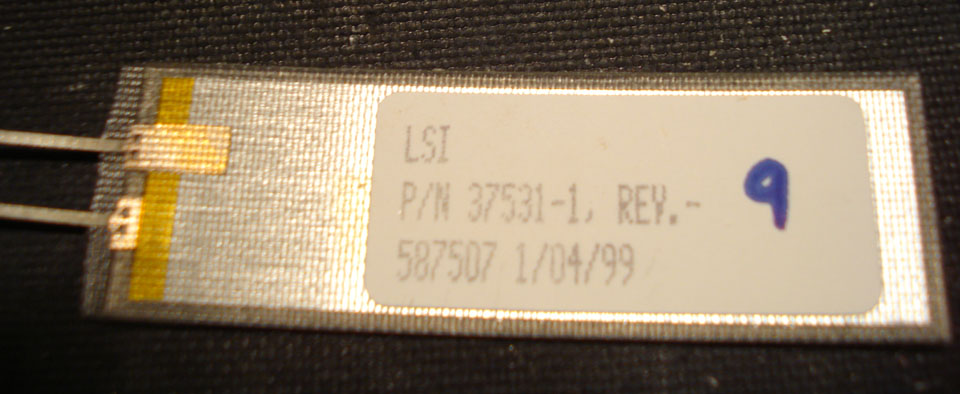 |
| Here's a close-up of the EL panel, showing the part number and production date. I think these are off-the-shelf panels and don't have a huge minimum order quantity. |
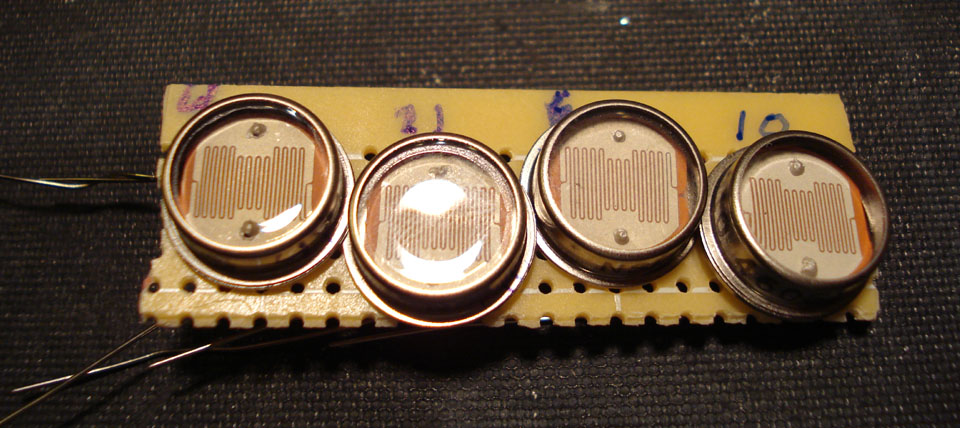 |
| The four NSL-5910 photocells mounted on a piece of Radio Shack proto board |
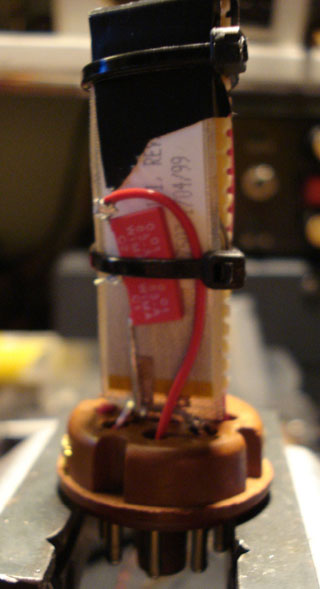 |
| The assembled unit showing the two 0.01 uF Wima capacitors wired in series with the panel to reduce the low frequency response. |
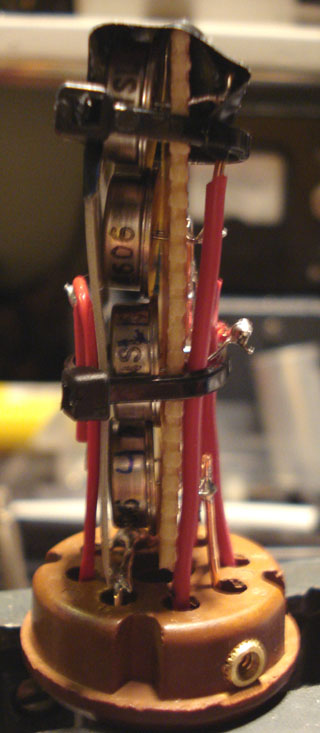 |
| Side view showing the photocells sandwiched in between the EL panel and proto board. |
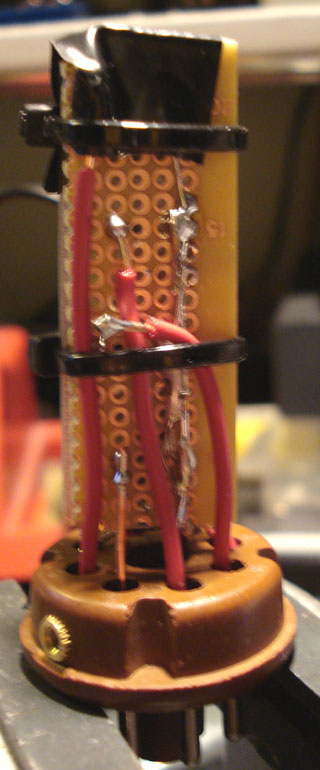 |
| The side with the photocell connections. Since there are many unused pins on a stock T4 unit, I was able to come up with a wiring scheme that kept compatibility with a stock T4 unit. I can plug the T4F into any LA-2A and it will work normally, although with only one set of photocells (and hence one release curve) active. |
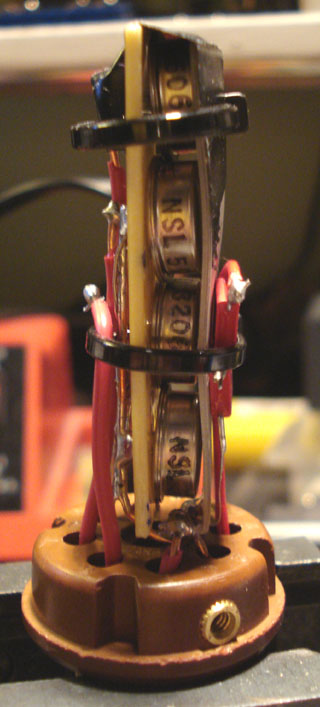 |
| The other side view, included for completeness. |
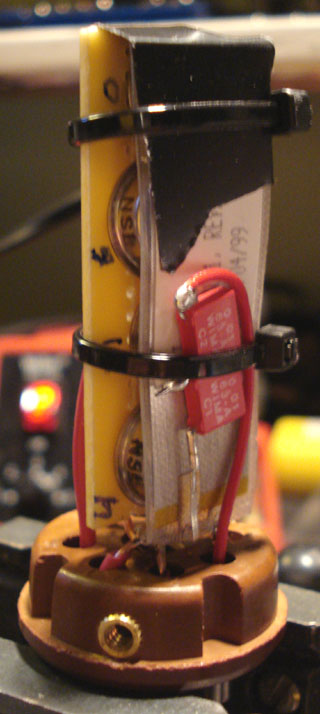 |
| An oblique view. The numbers on the circuit board are the numbers assigned to the photocells during testing. This way, I can look up the data on the cells later without disassembling the unit. |
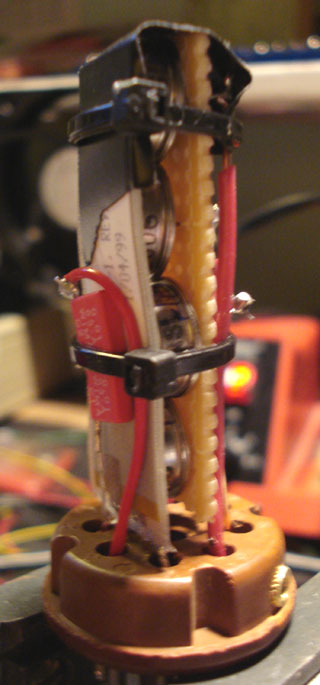 |
| One final oblique view. |
|
|
|
|
|
| |